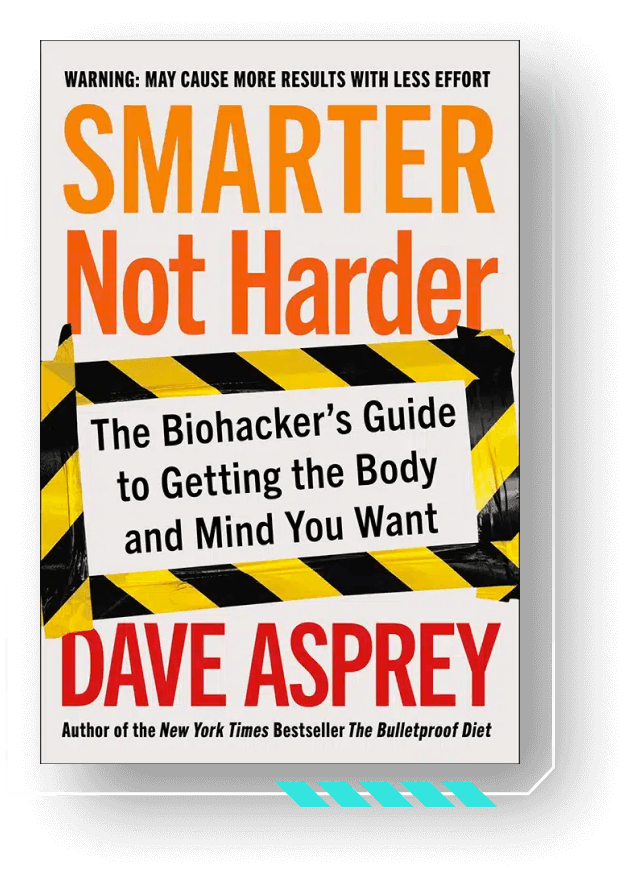
- Life is full of big and little stressors that make it hard to keep your cool. Most stress-provoking situations thankfully aren’t life-threatening, but your body reacts like they are.
- When your stress response is too intense to begin with, and you experience it several times per day, you become edgy, irritable, and exhausted until finally you burn out.
- There are several relaxation techniques that help, but these three deep-breathing exercises are ones you can do any time, anywhere, in just a few minutes.
If you’re a human person, you have stress in your life. Even the most joyous occasions, like holidays spent with family, can be fraught with moments of tension.
The thing is, the way you do life in modern society has changed, but what your body can handle has not. Your stress response triggers with an intensity you need to run from mountain lions, when in reality you just got the bill for an expensive car repair. When you have life-or-death physical responses to issues that don’t require fighting or fleeing, it takes a toll on your body.
While you can’t stop stressors from coming your way, there are exercises you can do to manage your body’s stress response so you can feel better — quickly.
Finding the best stress-management technique for you
The best stress-management technique is the one that works for you. Some people find their calm through a restorative yoga class or mindfulness meditation. Others decompress with a vigorous run, while biohackers may benefit from heart rate variability training. Even hobbies like gardening, cooking or being in nature can be helpful relaxation techniques.
One stress-management technique that’s always with you when you need it is the simple, automatic act of breathing.
The advice to “take a deep breath” is so common it’s cliche, but people have known for centuries that deep, slow breathing reliably calms your nerves. Heck, even Sesame Street teaches kids to “blow away the bad feelings.” Different situations call for different breathing techniques. Read on to learn three deep-breathing exercises that you can pull out whenever you need to feel a little less frazzled and more in control.
Pro tip: Don’t do these while driving. You could get dizzy. On that note, if any of these make you dizzy, scale back a little until you find what feels good.
When you’re losing your shiitake, try box breathing
Use the box breathing exercise when:
- Churning thoughts are keeping you awake at night
- You’re dwelling on a stressful event like an argument
- You’re angry, fearful, or otherwise about to lose your cool
Here’s how to do it:
- Inhale for a count of four.
- Hold for a count of four.
- Exhale for a count of four.
- Wait for a count of four.
- Repeat until you feel calm and centered again.
If it helps, you can trace your finger in a square pattern while you breathe. Or you can close your eyes and visualize traveling around your square. Pairing the breathing with visualization will take your mind off of the stressful situation and help you focus inward.
When your lungs expand slowly, the vagus nerve picks up on the expansion and signals the release of acetylcholine, which tells your heart to slow down. A slowed heart rate calms your entire nervous system.
Body scan relaxation to release tension head-to-toe
Body scan relaxation helps when you need:
- To release overall tension
- A quick, once-a-day relaxation practice for maintenance
- To come down from a stressful event
Here’s how to do it:
- Starting at the top of your head and working your way down to your toes, you’ll tense every muscle group, one at a time, for 3-4 seconds.
- With each flex, inhale through the nose for the duration of the flex, 3-4 seconds.
- When you release, exhale a little more slowly through the mouth for 5-6 seconds.
- Don’t forget the smaller muscle groups! Let the face, the fingers, your core, and even your toes have a turn.
Alternate nostril breathing exercise for focus and energy
Alternate nostril breathing works best for:
- First thing in the morning to wake up
- A midday slump
- When you’re having trouble focusing and need to get on track
Here’s how to do it:
- Sit up straight in a chair, or like you’re meditating on the floor.
- With your thumb, close off one nostril and inhale slowly and fully.
- When your lungs have expanded completely, switch thumbs and nostrils and exhale slowly.
- Repeat for a few cycles, then switch which nostril inhales and which one exhales.
- Repeat for the same number of cycles.
It’s best to practice these when you’re cool and collected, so that you know what an effective breathing exercise feels like — how deeply to breathe, how slow or fast to go, and about how long it takes to notice a change. Try them and see if you find a favorite. Thanks for reading, and have a breezy week!












